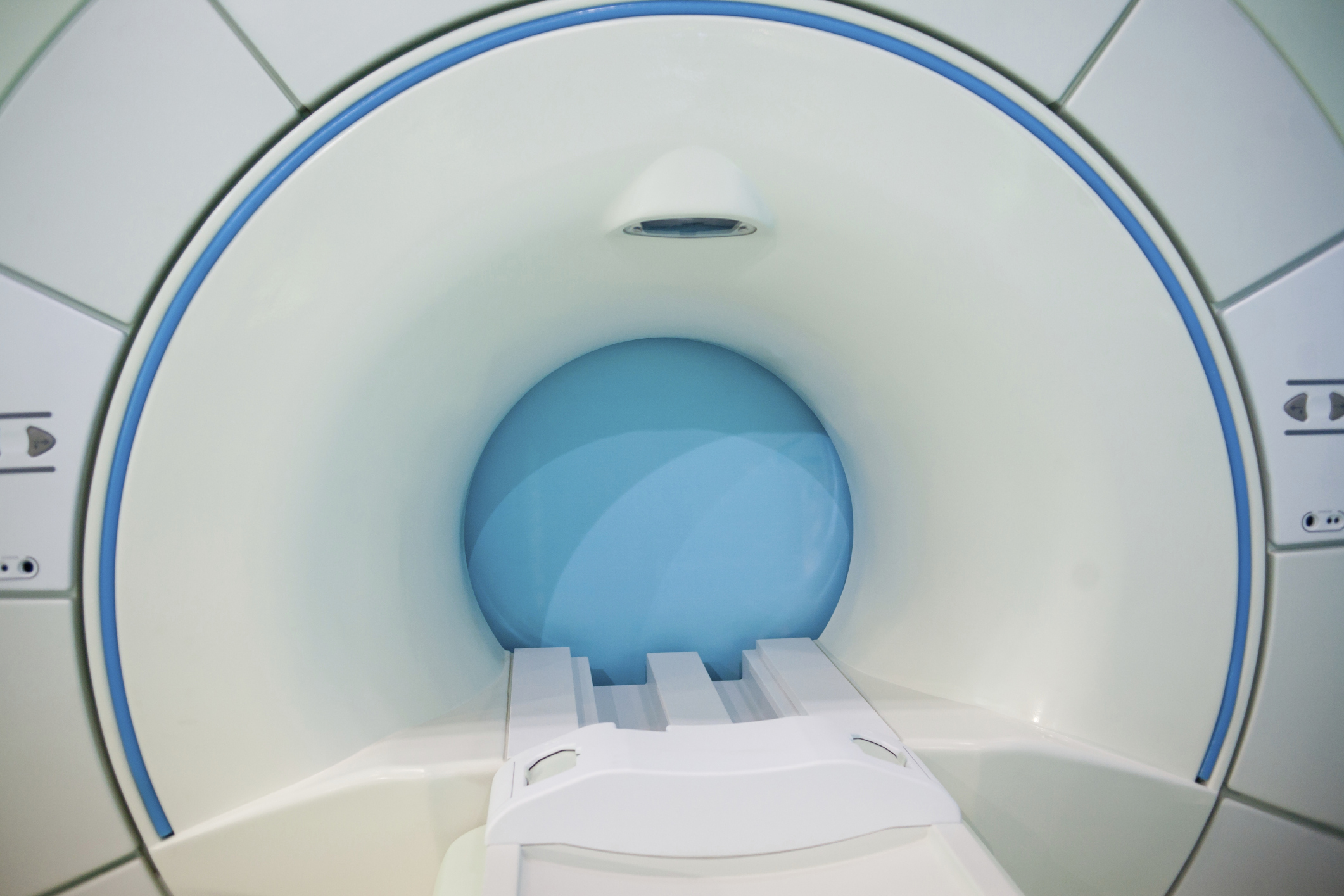
Surprisingly, magnetic resonance imaging (MRI) results can actually interfere with proper diagnoses of orthopedic problems. Although the MRI is sensitive, it is not very specific. In fact, a tiny percentage of MRIs show zero abnormalities in an imaged body part—whether the person experiences any discomfort or not. For instance, approximately 40% of healthy patients show a bulging disc despite having no low back pain. For patients experiencing lower back (lumbar) pain, MRI findings do not necessarily correlate with the ultimate cause. MRIs of lumbar discs can be affected by the time the tests are performed—discs tend to be about 20% more swollen in the morning than they are in the evening—and by the position of the person’s body while the image is being taken. When the patient lies prone, a swollen disc pushes down, which may lead to an MRI diagnosis of a “bulging” or herniated disc. Many physicians agree that in the case of back problems, careful questioning of a patient, a thorough physical examination and knowledge of the history of the discomfort can often be more helpful than an MRI in making a correct diagnosis. Along with rest, the most conservative—and very often most effective—course of action is a program of active back exercises based on the likely cause of discomfort rather than surgery based on MRI findings.
The benefits of a regular routine of lower back exercises include:
- distributing nutrients into the disc space and soft tissues of the back to keep the discs, muscles, ligaments and joints healthy
- helping patients avoid stiffness and weakness
- minimizing recurrences of lower back pain
- reducing the severity and duration of possible recurring episodes of low back pain
Fortunately, most instances of lower back pain get better on their own; approximately 50% of patients experience pain relief within two weeks and 90% within three months. An exercise routine can help you maintain your current lifestyle and reduce the risk of your being sidelined in the future by recurring lower back pain.









